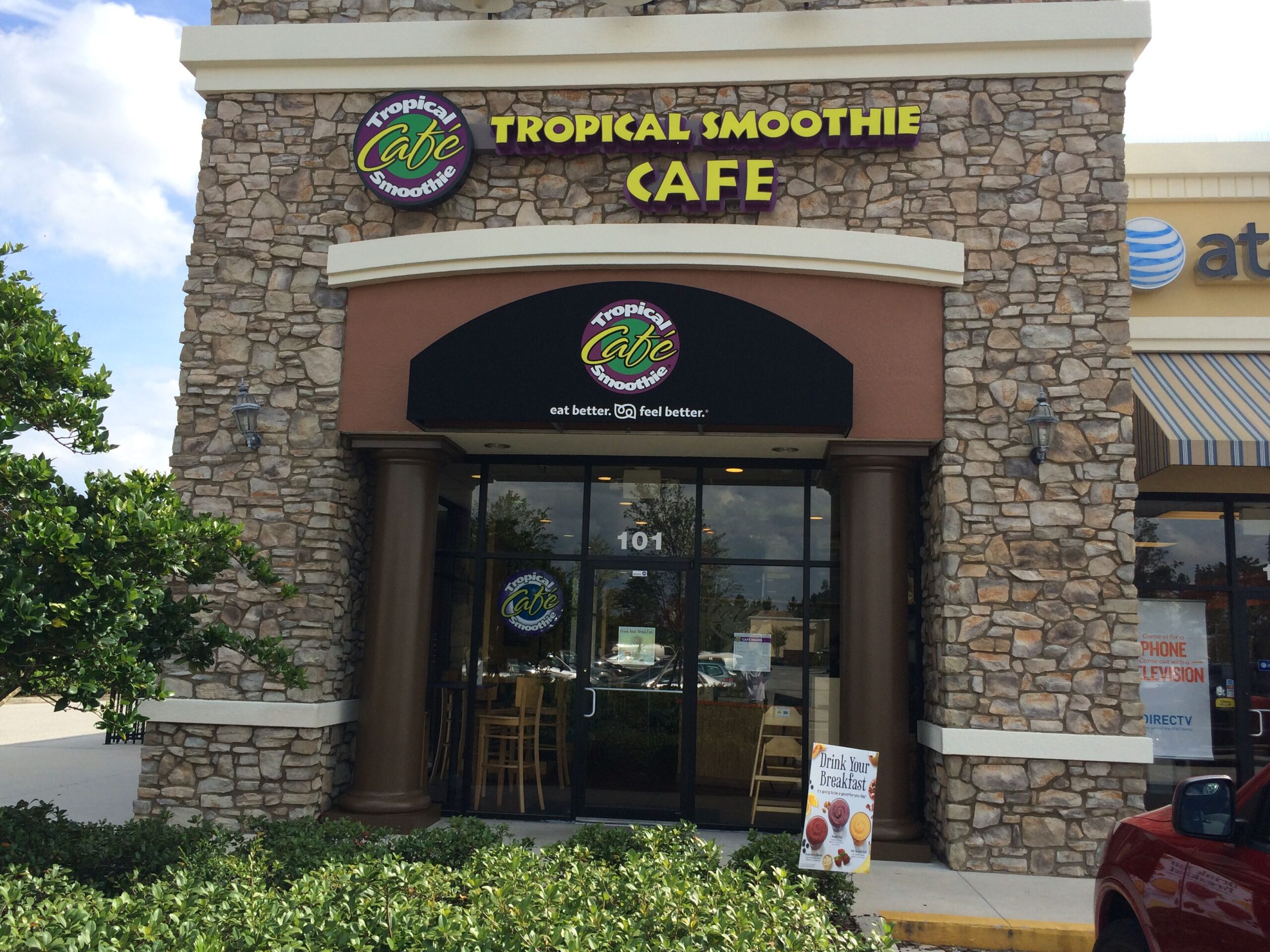 Protective coatings are getting more attention from businesses, hospitals, and government. Far from “merely cosmetic,” the right protective coatings impart performance benefits on the treated substrate. This helps you reduce future maintenance costs, control safety risks, and maintain the appearance you want while safeguarding your structure.
Protective coatings are getting more attention from businesses, hospitals, and government. Far from “merely cosmetic,” the right protective coatings impart performance benefits on the treated substrate. This helps you reduce future maintenance costs, control safety risks, and maintain the appearance you want while safeguarding your structure.
Materials science is continuously developing more coating ingredients. The coatings of today are far more sophisticated than those of ten years ago. Yet, in many cases, they are also easier to apply and maintain.
There’s one area in particular where coatings are in the spotlight.
Coatings Are About to Become Essential to This Key Aspect of Safety for Your Business
Public health has never been a bigger concern than it is today. Thanks to the latest advances in protective coating manufacture, products are available to help you keep your employees and your customers safer.
Various coatings now actively support infection control.
They offer more protection against the intrusion of pathogens by preventing their growth over time or even destroying them. Even if visitors fail to take proper precautions, you can be sure that your coatings never stop working on your behalf.
Antimicrobial and antibacterial coatings are growing very popular in healthcare, education, food service, and eldercare settings. However, they are valuable for any business that serves the public, particularly if you receive crowds of visitors and social distancing is not always possible.
The right coatings may make the difference between illness and health for members of your team several times a year. When you consider just how quickly an infection can spread, preventing the initial sickness that starts the dominoes falling makes sound business sense.
Coating Options to Defend Your Business from Dangerous Pathogens
Coating companies have been working hard to develop more infection control options. However, technology has only recently caught up with their ambitions. In the race to supply healthcare facilities with the most powerful products available, more varieties are reaching the market and being used in other industries.
There are three key distinctions to know about:
1. Antimicrobial Coatings
In addition to causing health risks, some microbes can directly damage the substrate where they are found. For example, micro-organisms like mold and mildew deteriorate paint film as they spread. What’s more, they can also imperil people in your business by aggravating respiratory conditions.
The antimicrobial coating is a general term that identifies any product intended to disrupt such organisms, whether its claims refer to mold, mildew, or disease-causing agents. If product marketing makes any type of promise about improving health, then it needs to be tested and evaluated by the Food & Drug Administration.
2. Antibacterial Coatings
Specialized antibacterial additions can be used within the topcoat of paints to inhibit the growth processes of bacteria. Most bacteria have a relatively short lifespan outside of the body, but they can expand, generate potentially infectious spores, and may even have limited capacity for movement.
An antibacterial coating can make all of these processes more difficult or even impossible. That makes the bacteria much less dangerous during the hours or days it will take to become completely harmless.
One way antibacterial coatings help is by protecting porous substrates from infestation. Most viruses proliferate more effectively on hard surfaces, but bacteria are the opposite. Tiny, naturally occurring grooves in the material create opportunities for them to develop, even far away from any host.
In general, viruses prefer surfaces at room temperature, while bacteria are most active where it is warm and wet. Some antibacterial coatings contain special ingredients to impart additional moisture protection. The effect can be amplified by keeping your interiors cool. This is one reason why the average temperature in hospital operating areas is around 65 degrees Fahrenheit.
3. Microbicidal Coatings
True microbicidal coatings have been the end goal of thousands of studies. Recently, Sherwin-Williams became the first company to develop, test, and prove a true microbicidal paint product: Paint Shield®.
A microbicidal coating interferes with the exterior of target pathogens that come into contact with it. Over a relatively short period of time, specific bacteria lose structural cohesion and die without infecting anyone.
Sherwin-Williams leads the pack because its product was the first to undergo rigorous third-party testing and be recognized by the Food & Drug Administration. However, several other brands are continuing to work on the next generation of microbicidal paints with enhanced capabilities.
With Paint Shield®, your building has superior protection against:
-
Staph
-
MRSA
-
E. coli
-
VRE
-
Enterobacter aerogenes
Some 99% of these pathogens are destroyed within a few hours of contact with the treated surface.
Protective coatings are entering a new era where they directly contribute to health, safety, and efficiency. An expert team of commercial painting contractors can help you design a strategy to get the most from them. The amount you gain in productivity may well repay your coating investment.
{{cta(‘9356bbf0-d14e-480d-988b-2427a4af661a’)}}






